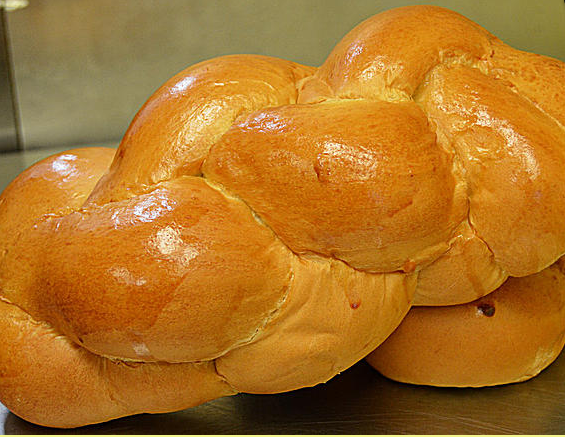What do we know about Different Kinds of Kitchen Knives at Kosher Bread Pro ? We know it’s a hot topic for Kosher Baking.
About Different Kinds of Kitchen Knives
When you are selecting a good kitchen knives there are a lot of things that you need to consider. There are a few different kinds of blades. The type of steel is also something to consider as well. Certain countries have developed their own blends of steel that have different qualities.Some different blades to consider are the conventional v-shaped blade that is sharpened from both angles, and the Japanese style blade that is only sharpened from one angle. The v-shaped blade is very sharp but does require more maintenance. It does not need to be sharpened more, but it the blade becomes off center and needs to be corrected by sliding it along a metal rod. V-shaped blades are more of a world standard because it was originally used in more countries and the realigning of the blade is an easier way to manage a constant sharpness. The Japanese style blade is very sharp as well and will stay sharp longer. This is ideal for cooks who do not want to regularly recenter the blade. This blade will need to be sharpened more to maintain ideal sharpness as a result.
Conventional steel is used by knife manufacturers. Higher quality companies use more nickel to prevent rust. However, Spanish steel is stronger. This allows the blade to be sharpened to a much finer blade. This is less common due to its price and availability. Japanese steel is also very strong but it will have a Japanese style blade.
Finally it is important to select a knife that has a full tang. This means that the steel of the blade runs all the way through the handle of the knife. A full tang ensures strength, weight and balance. Most knives that have a full tang make it visable by fastening the handle on either side of the steel, leaving the steel viasble on the top and bottom of the handle.
Find out more useful information about knives at http://www.find-knife-resources.info.
Source: www.articledashboard.com

